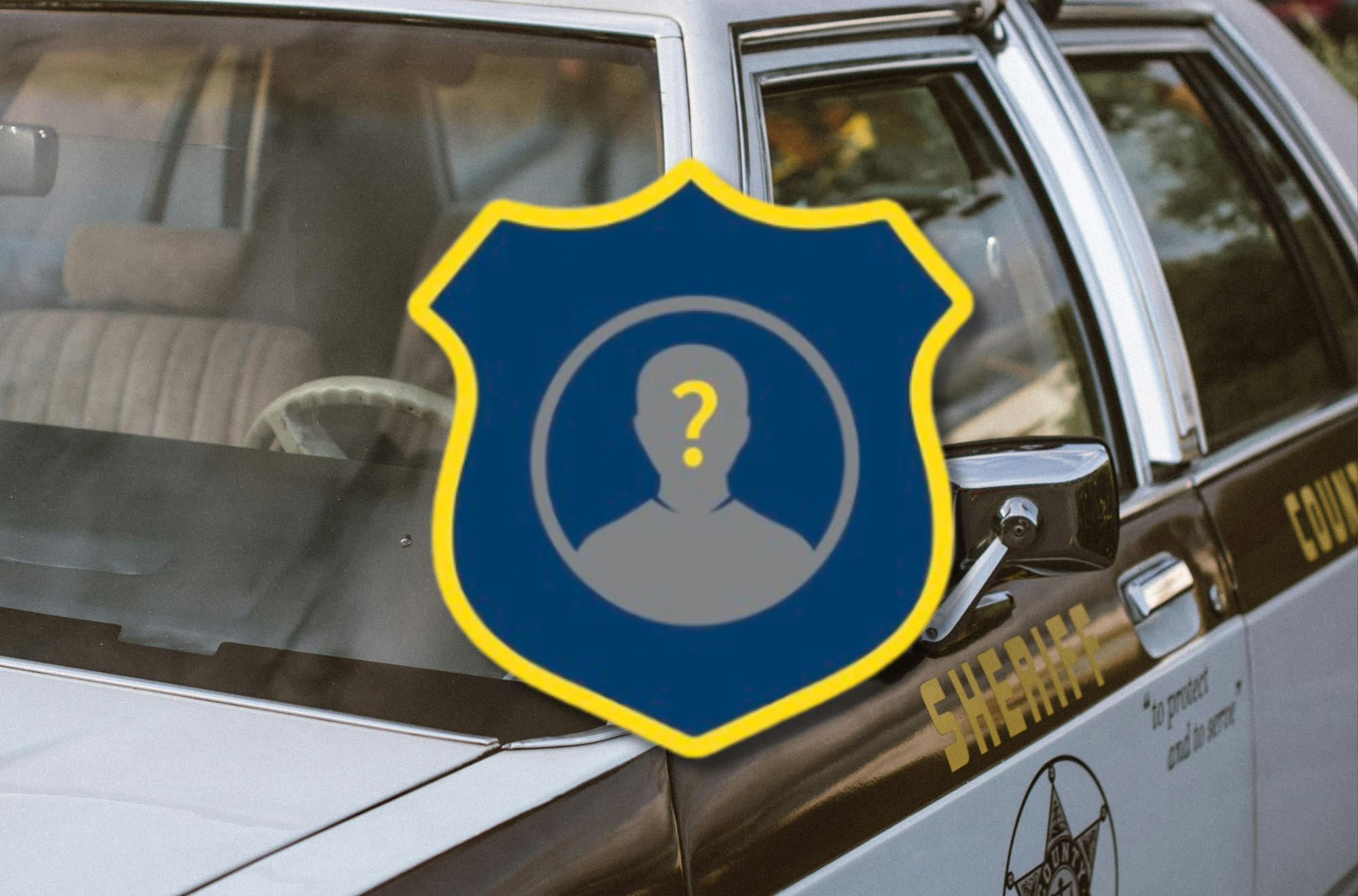Customs and Border Protection (CBP) has publicly released an app that Sheriff Offices, police departments, and other local or regional law enforcement can use to scan someone’s face as part of immigration enforcement, 404 Media has learned.
The news follows Immigration and Customs Enforcement’s (ICE) use of another internal Department of Homeland Security (DHS) app called Mobile Fortify that uses facial recognition to nearly instantly bring up someone’s name, date of birth, alien number, and whether they’ve been given an order of deportation. The new local law enforcement-focused app, called Mobile Identify, crystallizes one of the exact criticisms of DHS’s facial recognition app from privacy and surveillance experts: that this sort of powerful technology would trickle down to local enforcement, some of which have a history of making anti-immigrant comments or supporting inhumane treatment of detainees.
Handing “this powerful tech to police is like asking a 16-year old who just failed their drivers exams to pick a dozen classmates to hand car keys to,” Jake Laperruque, deputy director of the Center for Democracy & Technology's Security and Surveillance Project, told 404 Media. “These careless and cavalier uses of facial recognition are going to lead to U.S. citizens and lawful residents being grabbed off the street and placed in ICE detention.”

